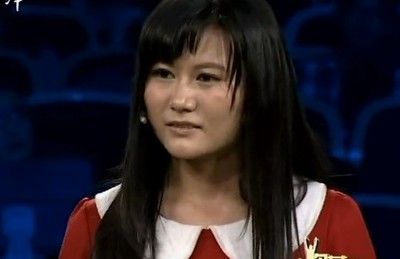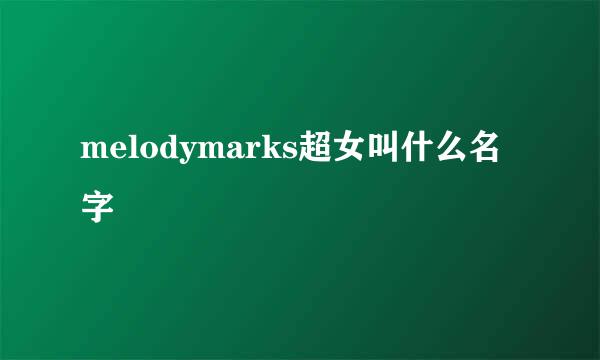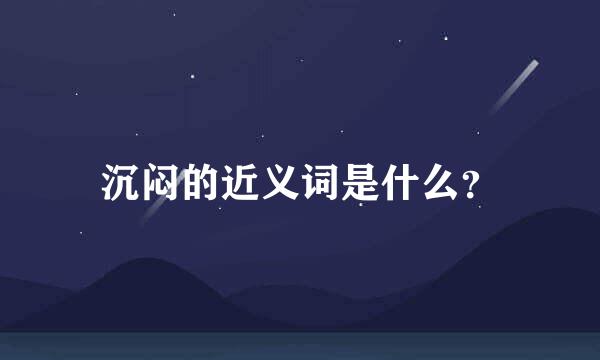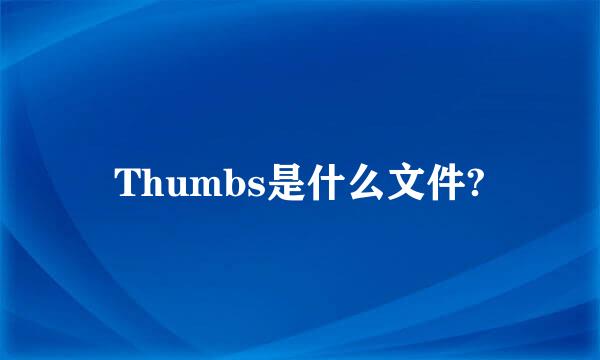
七点钟 网络 seven o’clock; Seven O'clock; o’clock; At seven o'clock 有的时间都可以用“小时 + 分钟”直接读: 6:10 six ten 8:30 eight thirty 2:40 two forty 如果所表述的时间在半小时之内,可以用“分钟 + past + 小时”: 6:10 ten past six 4:20 twenty past four 10:25 twenty-five past ten 如果所表述的时间在半小时之内,可以用“(相差的)分钟 + to + (下一)小时”: 散茄10:35 twenty-five to eleven 5:50 ten to six 9:49 eleven to ten 如果所表述毕毕的时间恰好为半小时,可以用“half + past + 小时”: 11:30 half past eleven 2:30 half past two 如果所表述的分钟和15有关,就有三种表达法: (15分钟又叫一刻钟:a quarter) 9:15 - nine fifteen ; fifteen past nine ; a quarter past nine 3:45 - three forty-five ; fifteen to four ; a quarter to four 整点: 现在是两点整。 It's two. It's two o'clock. It's two o'clock sharp. It's two o'clock on the dot. It's two o'clock on the nose. It's exactly two o'clock. 另外英语中的 noon 和 midnight 可分别直接表示白天和夜晚的12点: It's (twelve) noon. 现在是中午十二点。 It's (twelve) midnight. 现在是半夜零点。 大约时间: It's almost two. 马上到两点了。 It's not quite two. 还不到两点。 It's just after two. 刚过两点。 *若想表明是上午,可在时间后加上a.m.,如:thirteen past six a.m.(上午六点十三分)。若想表明是下午,可在时间后加上p.m.,如:four o'clock p.m.(下午四点)。 学完之后我们来操练一下吧,看下面这幅图说说每个时钟上的时间,一定要自己先说一遍哦~ 现在来核对一下答案吧:(有些不只两种说法,就不一一列出了) 1. It's nine forty-five. (It's a quarter to ten.) 2. It's two seventeen. (It's seventeen past two.) 3. It's three. (It's three o'clock.) 4. It's nine thirty. (It's half past nine.) 5. It's six fifteen. (It's a quarter past six.) 6. It's three fifty. (It's ten to four.) 英语中有关日期的表达方式有些复杂,恐怕会让初学者感到头疼,即便是学了几年英语的人,也可能忽视其中的一些细节。今天,我们就帮大家从世纪到年代,再到年月日,从写与读两方面手掘芹来做个日期表达大汇总。 1. 世纪 1) 用“定冠词+序数词+century”表示 例:在十七世纪 写作:in the 17th century 读作:in the seventeenth century 2) 用“定冠词+百位进数+s”表示 例:在十七世纪 写作:in the 1600s 读作:in the sixteen hundreds 注意:这种情况下,实际表达的世纪数是阿拉伯数字本身加一。 2. 年代 用“定冠词+(世纪百位进数+十位年代数)+s”表示 例:在二十世纪三十年代 写作:in the 1930s 读作:in the thirties of the twentieth century或 in the nineteen thirties 表示某年代的早期、中期和晚期,可以在定冠词后添加early, mid-和late,例如: 在二十世纪二十年代早期 in the early 1920s 在二十世纪五十年代中期 in the mid-1950s 3. 年月日 A. 年份 读年份时一般分为两个单位来读,前两个数为一个,后两个数为一个: 1949 读作:nineteen forty-nine或nineteen hundred and forty-nine 如果是三位数,先读第一位,再把后两个数合起来读: 253 读作:two fifty-three或two hundred and fifty-three 另外: 2000 读作:two thousand 1902 读作:nineteen hundred and two或 nineteen o two 如果要使用year,year放在数词之前,例如:in the year two fifty-three B.C. 在公元前253年 B. 月份 月份是专有名词,除了少数几个月份外都有缩写形式: January - Jan. 一月 February - Feb. 二月 March - Mar. 三月 April - Apr. 四月 August - Aug. 八月 September - Sept. 九月 October - Oct. 十月 November - Nov. 十一月 December - Dec. 十二月 注意:缩写形式后面的点不能省略,因为它是表示缩写形式的符号。 C. 日期:用序数词表示 例:十月一日 写作:October 1, October 1st, 1 October, 1st October, (the) 1st of October等,其中的October都可以写成缩写形式Oct. 读作:October the first或the first of October D. 年月日 用英语表达年月日的顺序: 1) 月\日\年 例:2002年1月17日 写作:January 17(th), 2002或January seventeenth, 2002(日和年之间需用逗号隔开) 读作:January the seventeenth, two thousand and two 2) 日\月\年 例:2002年1月17日 写作:17(th) January, 2002或the seventeenth of January, 2002(月和年之间需用逗号隔开) 读作:the seventeenth of January, two thousand and two 介词的使用: 若指在哪一年或哪一月,用介词in;若具体到某一天,需用介词on。例如: She was born in 1989. She was born in August. She was born in August 1989. She was born on 2nd August, 1989.
标签:表达法,短语,七点钟















